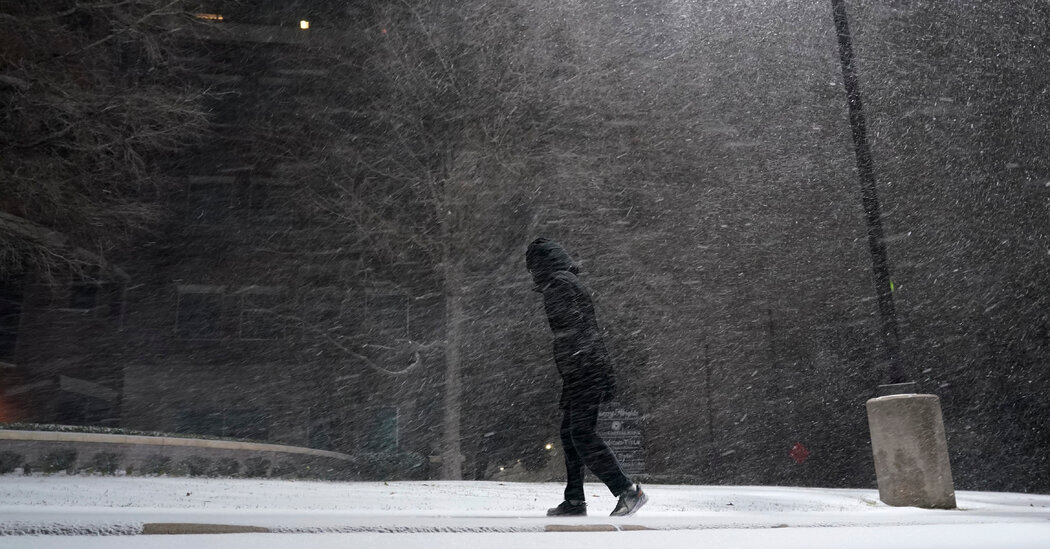To use the spinning top analogy, “it’s like if it started banging into things,” he said. “It loses its nice circular shape and in this case becomes more stretched out.” One lobe stretches down into Canada and the United States, bringing an outbreak of cold weather.
Dr. Cohen said he’s been studying the subject since 2005, and is more confident than ever about the link to changes in the Arctic. “The evidence is only growing,” he said.
Other scientists are not as certain. In a brief paper in the journal Nature Climate Change in 2020, two researchers at the University of Exeter in England wrote that, although Arctic warming and sea-ice loss were continuing, the short-term trends in cold extremes, jet-stream waviness and other climate-related measurements in the 1990s and 2000s “have not continued over the past decade,” weakening the argument that rising temperatures in the Arctic were the culprit.
Some experts suggest that rather than warming, other naturally variable elements of the earth’s climate may be affecting the vortex. Among these, said Ted Shepherd, a climate scientist at the University of Reading in England, are sea-surface temperatures in the tropical Pacific Ocean, which can drive changes to air masses in the Arctic that disrupt the jet stream and vortex.
Will this debate get resolved?
Scientists say that questions over what role Arctic warming may play in extreme cold snaps is an example of the kind of healthy climate-change debates that occur now. It’s not about whether climate change is real — that question has been answered — but what kinds of effects it has, how severe they are and whether they will worsen as warming continues.
Most scientists view this debate as an important one that is still underway. Dr. Vavrus said that some aspects “are on pretty solid physical footing.” Among these, he said, is the idea that Arctic warming, by reducing the temperature difference between the Arctic and the tropics, has weakened the jet stream winds. But other aspects, including whether and where warming is making the jet stream wavier, “are the things that we’ve really been wrestling with and remain uncertain,” he said.
“In the early days there was a lot of black and white thinking, including among people like myself, on this question,” Dr. Vavrus added. “As more and more evidence has come in, it’s clear that there are many shades of gray.”



